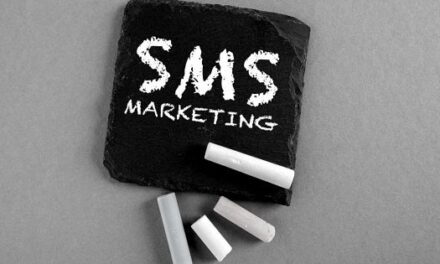Energy is such an important thing.
We know that our energy builds and wanes over the course of the day for a number of reasons…we use it up, we have a natural circadian ‘dip’ in energy mid-afternoon, emotional arousal drains our energy, or we simply fail to live healthily enough to enable the adequate creation of energy. So how can you help to create energy in others as a leader when you don’t have the luxury of control over those things I just mentioned, and you are heading into a challenging, lengthy or difficult interaction? You can employ the ‘Go for Yes’ strategy……….let me explain.

Our brain energy exists on a brain state continuum ranging from being in a state of THREAT to a state of REWARD. These states are also known as the AVOID and APPROACH states, or the more simply put AWAY AND TOWARD brain states. In the AWAY state, we are activating our Limbic or Emotional brain and can generate negatively interpreted emotions – otherwise referred to as negative feelings.
Stress hormones such as Cortisol flood our system and in this state we are less productive, less focused on the right things, tend to generalise and make assumptions and less able to learn or memorise. In the TOWARD state, we activate our Logic or Executive brain and can generate positively interpreted emotions (positive feelings). Happy hormones such as Dopamine flood our system and in this state we are at our optimised peak in terms of productivity, focus, motivation and engagement and learning capacity.
The aim of the ‘Go for Yes’ strategy is to simply and quickly move others with whom you wish to interact or work, into a TOWARD state, particularly if you are entering into a difficult or lengthy interaction such as a meeting, coaching or performance review session, or a strategy / project session.
There are two levels of YES questions and three stages to the process.
Stage 1: Get your first 3 YES’s
Use simple questions to begin your interaction such as
- Are you comfortable?
- Do you need to grab a glass of water?
- Do you have all the materials you need?
- Did you get the agenda for the meeting?
- Do you need a pen and paper?
The act of answering YES to non-threatening questions such these sends a subtle and non-conscious message to the brain and to the limbic system that all is well, and the YES connections in our brain become active. A YES response in the brain is most likely to be associated with past TOWARD experiences. These questions help get your colleagues present to you, to themselves and to the process or session. As an added bonus, the pen and paper can come in handy to write down ideas and actions – to embed the thinking that occurs in the conversation or session, and the glass of water can be invaluable when emotions and/or feelings need to be calmed – a sip of water can give time to think, and can temporarily break a negative brain state.
Stage 2: Set a TOWARD context
Use statements such as
- This is a judgement-free zone
- We are making no decisions today, just being creative and brainstorming
- Discussions in this conversation will be kept confidential
- My purpose here is to support you and your thinking, I’m on your side
These statements create the platform for the session, give it clarity and respect and purpose. We often try to ease things by pretending it’s just a chat rather than being clear about what is going on. This can be confusing for the brain and it becomes distracted as it tries to figure out what is really going on, and this can trigger a THREAT state.
Stage 3: Get your next 3 YES’s
Now use more targeted questions such as
- Are you OK if we are totally honest with each other in the interests of resolving the situation?
- Are you ready to explore sensitive issues around the project if we decide that is necessary?
- Is it OK if I interrupt if I feel we are getting off track?
- Are you totally committed to doing what is necessary to change what’s happening?
These questions will elicit more YES’s, and can help avoid the conversations getting off target and getting into ‘story’, and can help you to get to the issue/s at hand much quicker.
DISCLAIMER: You need to choose these questions carefully and consider the trust and relationship you have with the other person or persons involved – you may need to build up to some of them!
Think about your next challenging, or important interaction coming up. Perhaps you’d like to experiment a little with the ‘Going for YES’ strategy. Pay attention to their demeanour, breathing, and sense of calm can give you additional feedback and information so you know when it’s time to move on. This is another strategy that Neuro-Leaders can employ – leaders who know how to work with the human brain rather than against it! Have a great day and enjoy your next challenging conversation!



















